United States-headquartered large-scale solar systems DC optimiser company Ampt is collaborating with New Zealand-based green hydrogen company Hiringa Energy as part of a low-carbon cotton production operation.
Ampt’s string optimiser technology will be used to power a solar plus storage system for Hiringa’s hydrogen and ammonia production facility, part of the Good Earth Green Hydrogen and Ammonia (GEGHA) project near Moree, New South Wales (NSW), 645 kilometres northwest of Sydney.
The project features a 27 MWdc solar array paired with a 30 MWh battery energy storage system. Ampt string optimisers allow a DC-coupled design where the solar system connects directly to the DC bus between the battery and grid-forming battery inverter.
The string optimisers are DC/DC converters that are deployed in the solar array and perform maximum power point tracking (MPPT) on each input string of solar modules to maximise production, delivering full available power while following the battery voltage as it charges and discharges.
Ampt says its battery-centric designs have rapid response times and advanced grid service capabilities, such as Frequency Control Ancillary Services (FCAS), using fewer inverters and transformers than conventional designs to deliver a lower-cost power management solution with higher efficiency.
Supporting the Sundown Pastoral’s low-carbon cotton production the GEGHA project, partially funded by the NSW government with $35.8 million (USD 23 million) under the Net Zero Plan Stage 1: 2020-2030, leverages renewable energy to create a low-carbon alternative to imported fertiliser and feedstocks.
The battery-centric approach is key to powering the off-grid electrolysers from the hybrid power plant and to producing enough hydrogen to feed the ammonia plant 24 hours a day.
Hiringa Energy Projects and Engineering Head Alistair Tippett said integrating Ampt’s technology was critical to achieving system design and performance targets.
“Green hydrogen and ammonia production places unique demands on power systems, and Ampt’s DC power management technology enables us to maximise solar generation and storage efficiency, key to making production cost-competitive. We look forward to deploying similar systems across New Zealand and Australia,” Tippett said.
This content is protected by copyright and may not be reused. If you want to cooperate with us and would like to reuse some of our content, please contact: editors@pv-magazine.com.
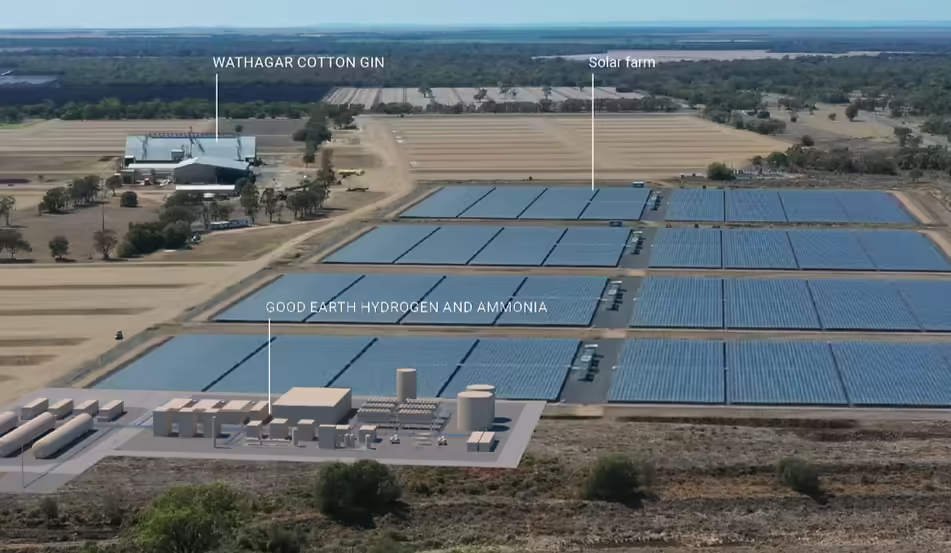
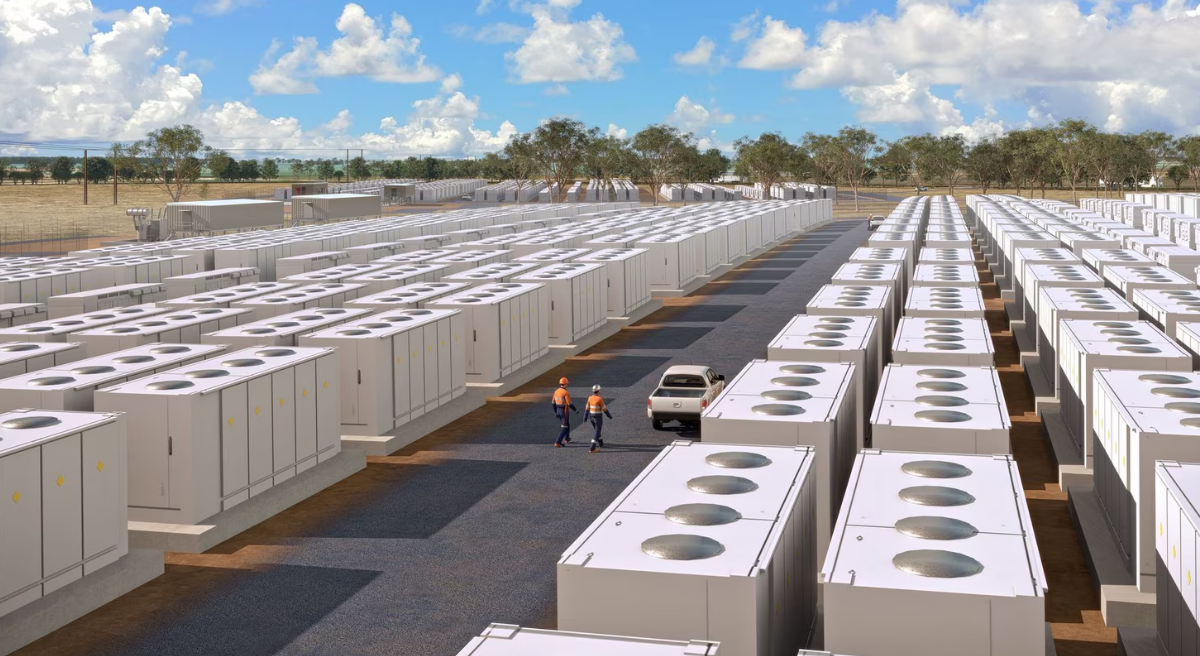



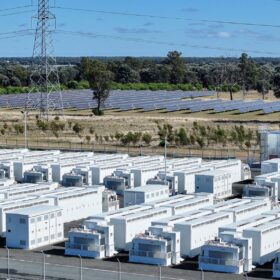
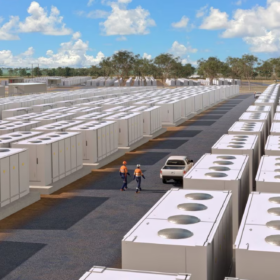
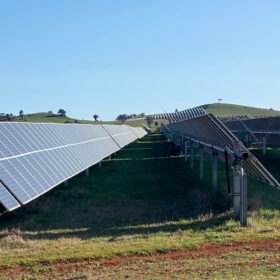
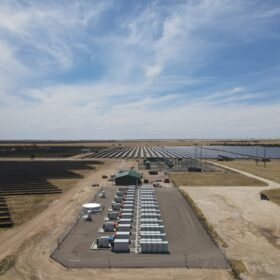
2 comments
By submitting this form you agree to pv magazine using your data for the purposes of publishing your comment.
Your personal data will only be disclosed or otherwise transmitted to third parties for the purposes of spam filtering or if this is necessary for technical maintenance of the website. Any other transfer to third parties will not take place unless this is justified on the basis of applicable data protection regulations or if pv magazine is legally obliged to do so.
You may revoke this consent at any time with effect for the future, in which case your personal data will be deleted immediately. Otherwise, your data will be deleted if pv magazine has processed your request or the purpose of data storage is fulfilled.
Further information on data privacy can be found in our Data Protection Policy.